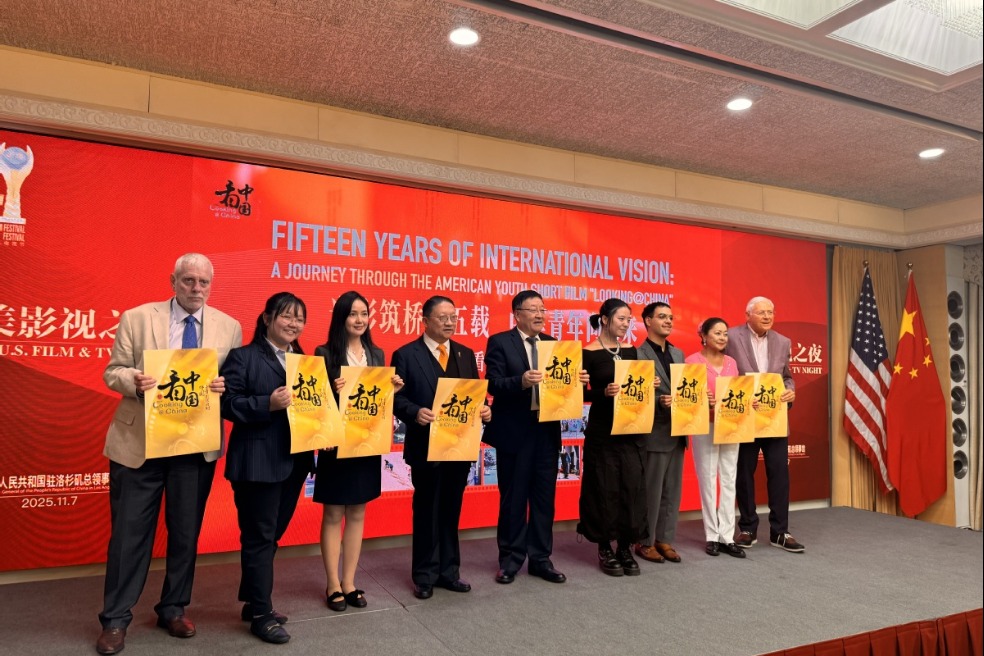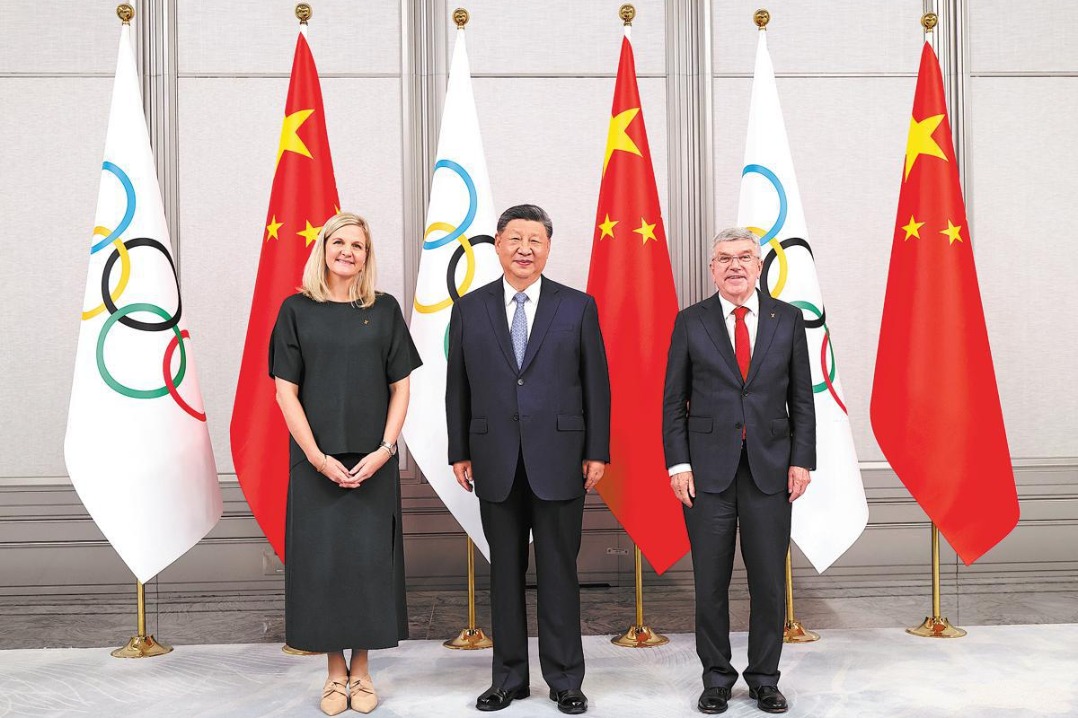Asia-Pacific trade thrives despite global economic slowdown: report
By Qiu Quanlin in Guangzhou | chinadaily.com.cn | Updated: 2024-10-16 12:59

Despite the recent slowdown in global economic growth, geopolitical conflicts and protectionist policies, which have collectively decelerated international trade growth and cross-border capital flows, trade in the Asia-Pacific maintained growth momentum with strengthening regional cooperation, according to a report on digital trade.
The report, jointly released by Deloitte and WorldFirst, an international payment service provider, indicated that the region's abundant factor resources and vast market size, coupled with regional free trade agreements and digital technology enablement, have made it a vibrant area for trade and investment with tightly integrated value chains.
The report was released on Monday in Guangzhou, the capital of Guangdong province, a day ahead of the opening of the 136th China Import and Export Fair, widely known as the Canton Fair.
The report shows that in 2023, the Asia-Pacific region's import and export trade in goods accounted for approximately 40 percent of global trade activities, reaching nearly $18 trillion, a 30 percent increase from the $13.7 trillion in 2013.
Remarkably, during the challenging period of 2018-2023, marked by rising protectionism and the COVID-19 pandemic, Asia-Pacific trade in goods still achieved a compound annual growth rate of 4 percent.
According to the United Nations Economic and Social Commission for Asia and the Pacific, although the scale of Asia Pacific trade in goods declined in 2023, it is projected to reach $18.5 trillion in 2024, reflecting a growth of 5.1 percent and outpacing the World Trade Organization's global trade growth forecast of 2.6 percent.
According to the report, the Asia-Pacific region is also experiencing robust growth in digital trade. It accounts for one-quarter of the global trade in digitally-deliverable services.
The top five export markets within the Asia-Pacific region are Hong Kong, China, Japan, Singapore and Australia. Externally, the European Union and North America are the most significant trading partners, accounting for 27 percent and 20 percent of the Asia-Pacific region's export market, respectively.
Some Chinese internet companies have been engaging in digital economic cooperation abroad through "technology going global" and "capital going global", continuously bringing convenience to the production and lives of people in various countries, according to the report.
Emerging markets represented by Southeast Asia, the Middle East and Latin America, with their vast market potential and promising development prospects, are attracting a growing number of Chinese enterprises seeking business opportunities, the report said.
























